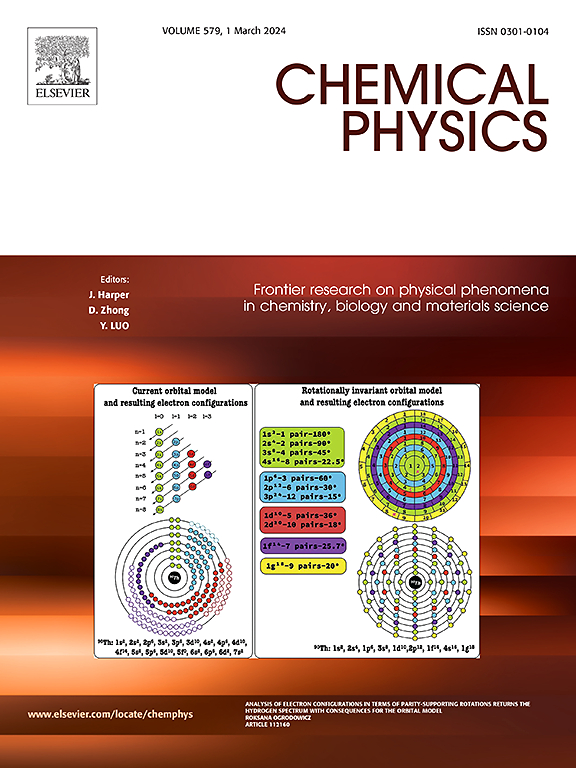Exploring modeling techniques for predicting band gaps of Doped-ZnO: A Machine learning approach
IF 2
3区 化学
Q4 CHEMISTRY, PHYSICAL
引用次数: 0
Abstract
Machine learning, as one of the promising alternatives for solving complex challenges, has recently received considerable attention. In this study, we apply several well-established machine-learning models for predicting the energy band gap of doped-ZnO as well as novel doping concentrations. This approach significantly expands the possibilities for designing functional materials, offering innovative solutions to meet current energy needs. The results show that the Gaussian Process Regression (GPR) model achieved outstanding performance, with a correlation coefficient (CC) of 98.97%, a root mean square error (RMSE) of 0.0022, and a mean absolute error (MAE) of 0.0020. Comparatively, the Support Vector Machine (SVM) model recorded a CC of 83.70%, an RMSE of 0.0052, and an MAE of 0.0048, while the Random Forest model exhibited a CC of 76.40%, an RMSE of 0.0086, and an MAE of 0.0083. These results underscore the exceptional effectiveness of the GPR model in predicting material properties, while also highlighting the significant contributions of the SVM and Random Forest (RF) methods. This study opens up new research avenues in the fields of materials science and catalysis by exploring the predictive capabilities of different machine learning models for designing functional materials. We emphasize that the selection of the appropriate modeling method is critical for accurately predicting material properties. These results pave the way for future investigations aimed at refining and further comparing the performances of different modeling methods to optimize photocatalytic materials and address the challenges of clean energy.

求助全文
约1分钟内获得全文
求助全文
来源期刊

Chemical Physics
化学-物理:原子、分子和化学物理
CiteScore
4.60
自引率
4.30%
发文量
278
审稿时长
39 days
期刊介绍:
Chemical Physics publishes experimental and theoretical papers on all aspects of chemical physics. In this journal, experiments are related to theory, and in turn theoretical papers are related to present or future experiments. Subjects covered include: spectroscopy and molecular structure, interacting systems, relaxation phenomena, biological systems, materials, fundamental problems in molecular reactivity, molecular quantum theory and statistical mechanics. Computational chemistry studies of routine character are not appropriate for this journal.
 求助内容:
求助内容: 应助结果提醒方式:
应助结果提醒方式:


